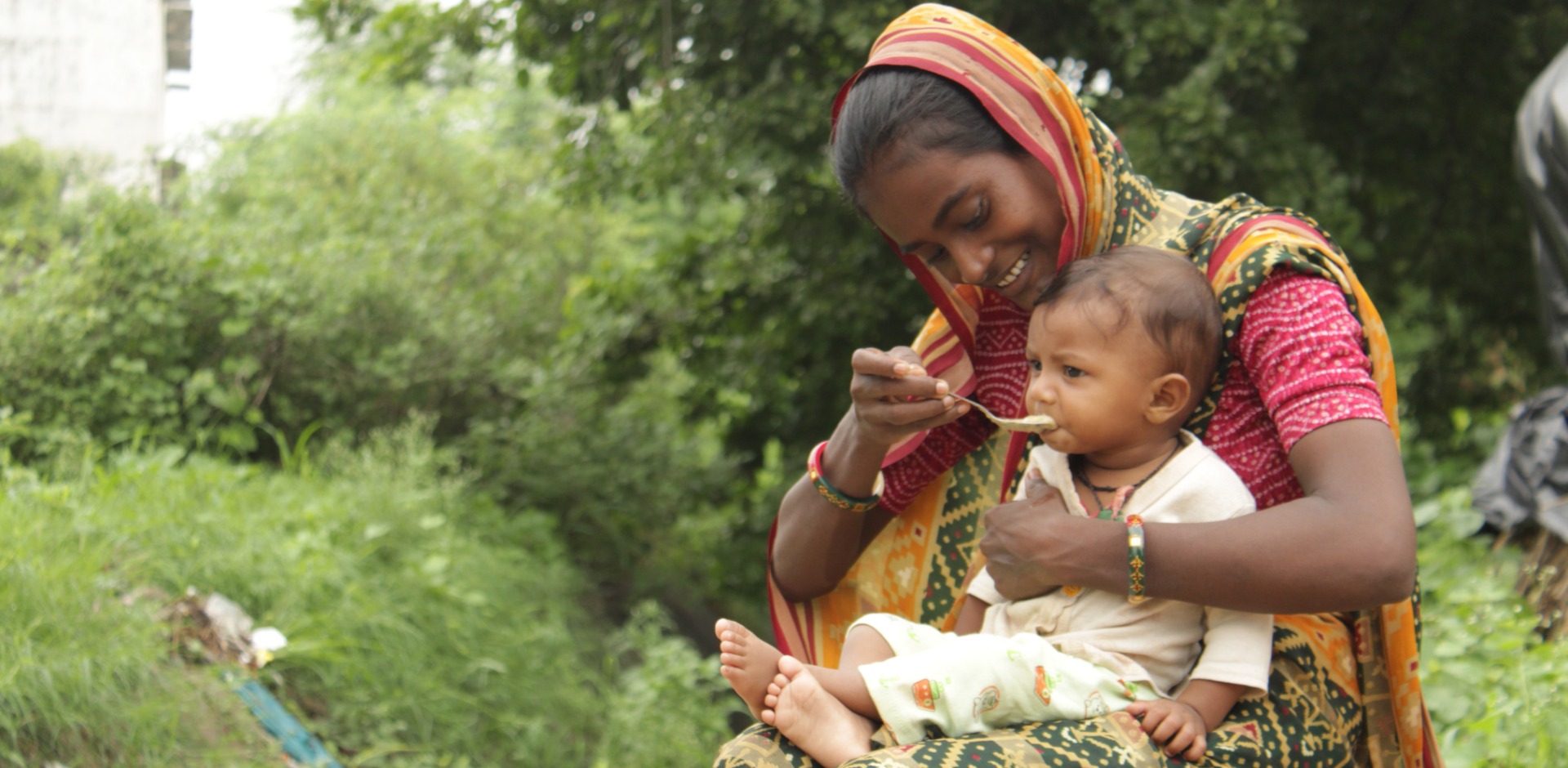
This Holiday Season, Give the Gift of Hope
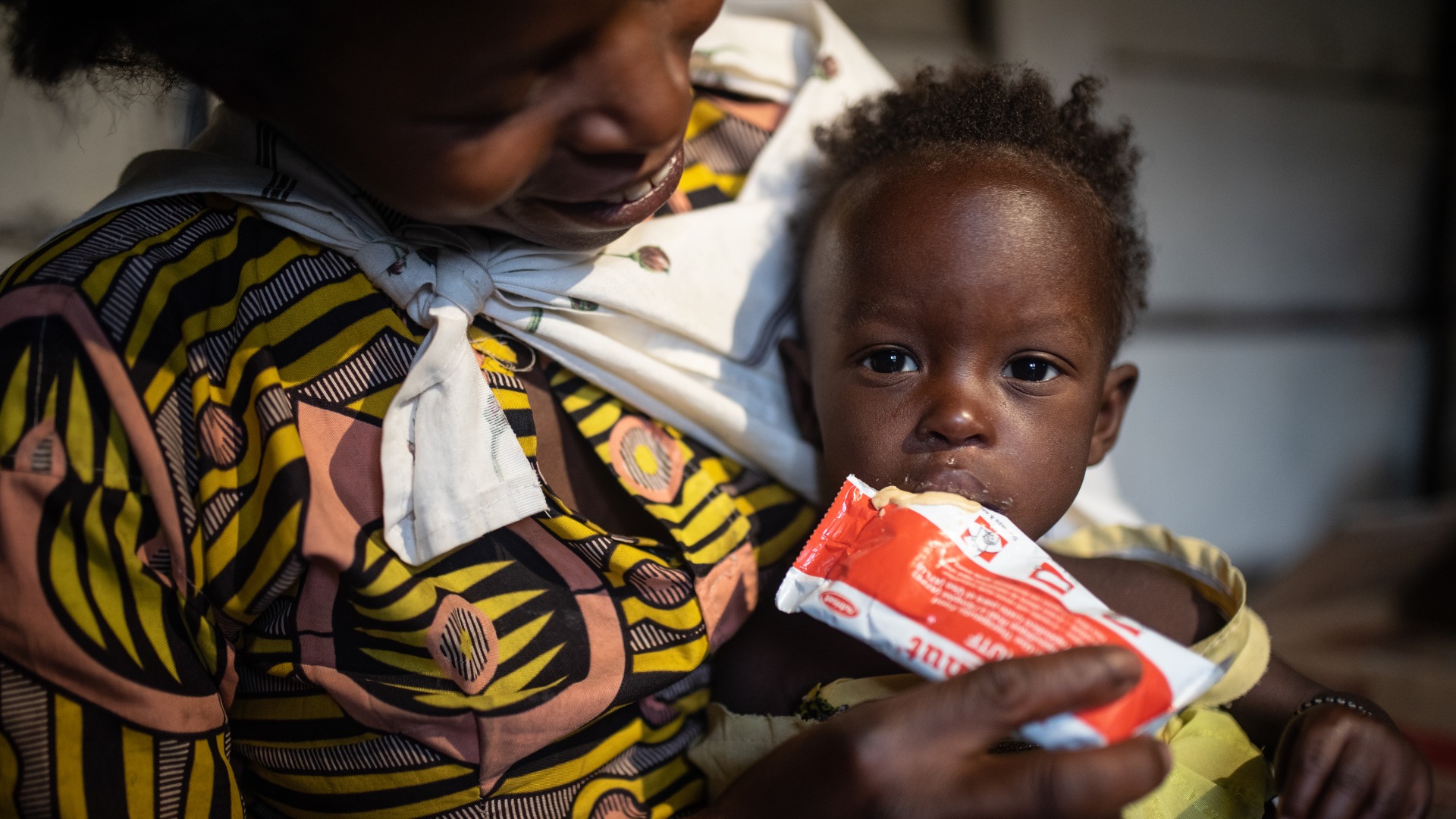
Hunger is defined by the United Nations as the periods when people experience severe food insecurity—meaning that they go for entire days without eating due to lack of money, access to food, or other resources.
Here are some definitions of key terms:
Prolonged periods of food insecurity can lead to malnutrition, which occurs when the body lacks sufficient vitamins, minerals, and other nutrients needed to thrive.
A multilayered issue, malnutrition manifests in many forms, including:
One in 11 people around the world faces hunger. The global hunger crisis is driven largely by conflict, climate change, and chronic inequality.

People Go to Bed Hungry Each Night
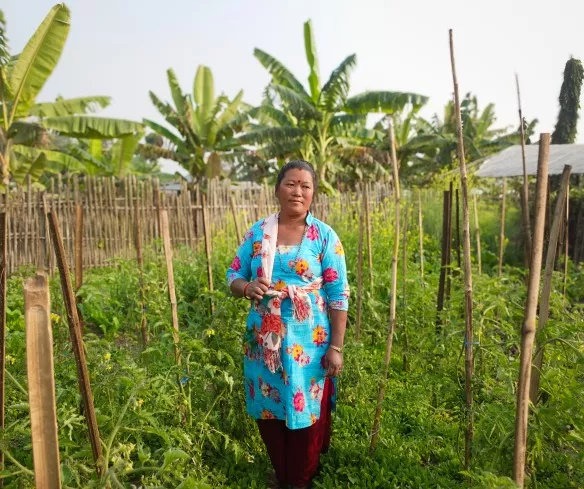
of People Worldwide are Food Insecure

An overwhelming majority of the world’s hungry people reside in the developing world, where extreme poverty and lack of access to nutritious food often leads to malnutrition. Women and children are particularly vulnerable.

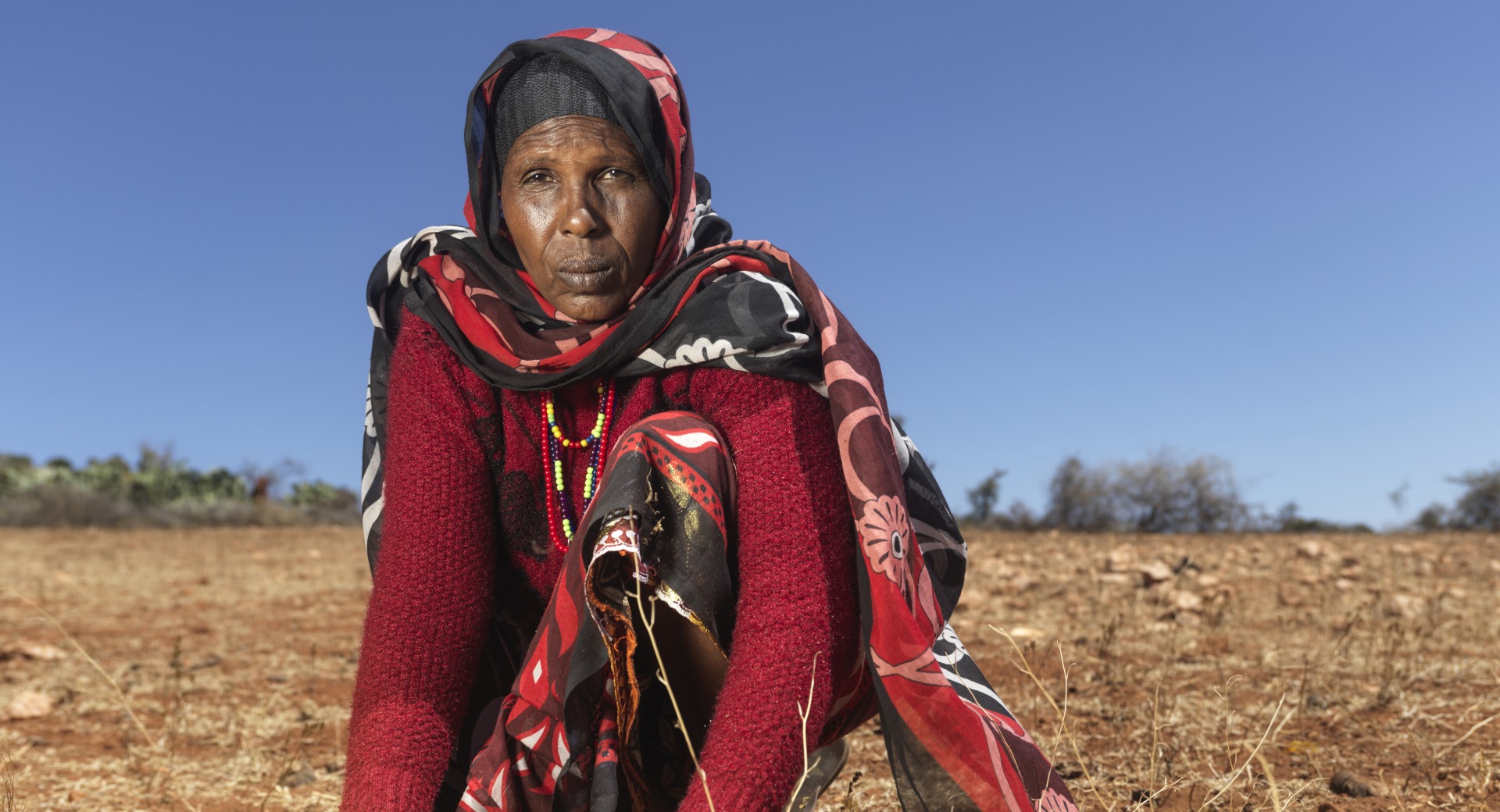
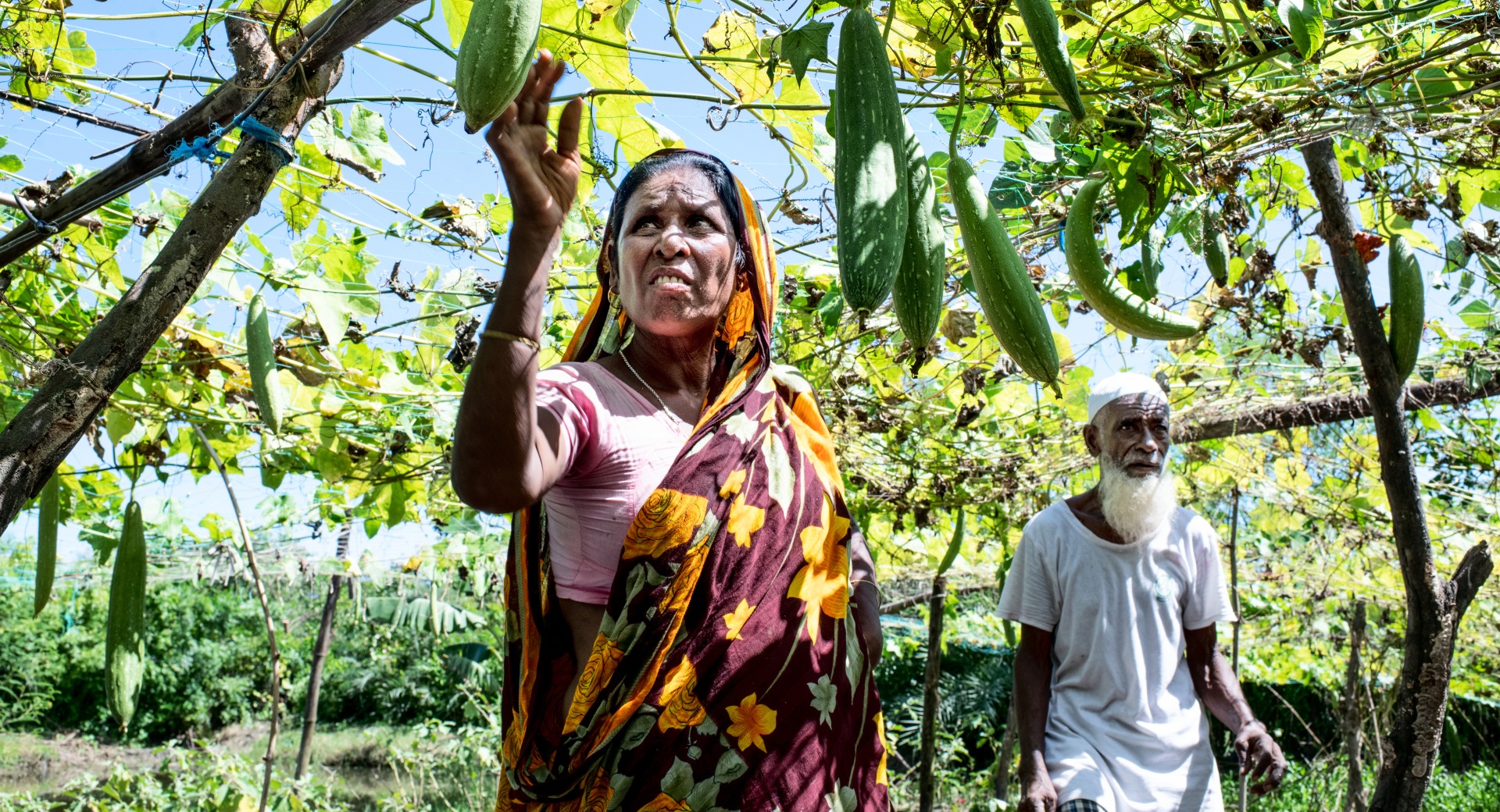
I feel very happy. I remember how sick she was then, and how healthy she is now, and I am so grateful.”
— Fatuma, mom of Halima, who recovered from malnutrition
Saving Halima’s LifeWe bought seeds and tried hard [but then] the rain stopped and we couldn't harvest anything. We keep on losing what we have...our children suffer from hunger.”
— Darmi, a mother in drought-affected Ethiopia
Climate Change in East AfricaWe were deprived of nutritious food, and so we were suffering with health problems. We could hardly get rice and salt during the days when we had no work.”
— Sabuda, who learned to farm and raise fish
Resiliency in a Changing Climate: “We are building dreams from ruins.”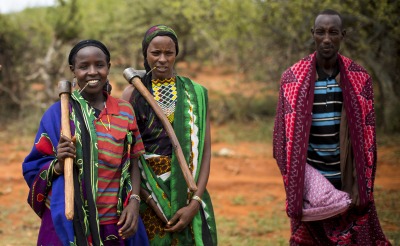
Power determines who eats and who goes hungry, who lives and who dies.

The climate crisis is driving hunger and malnutrition around the world.
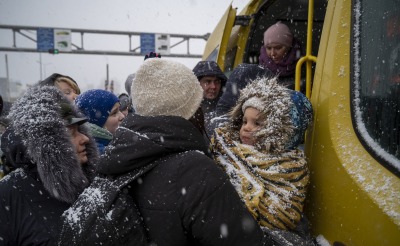
Seventy-five percent of the world’s malnourished people live in conflict zones.
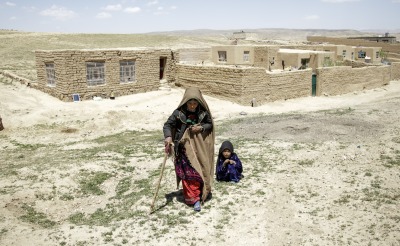
Humanitarian emergencies disrupt and destroy livelihoods for millions of people.
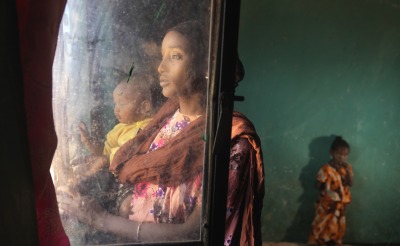
Extreme poverty, lack of sufficient food, and hunger are inextricably linked.
We take decisive action against the causes and effects of hunger.
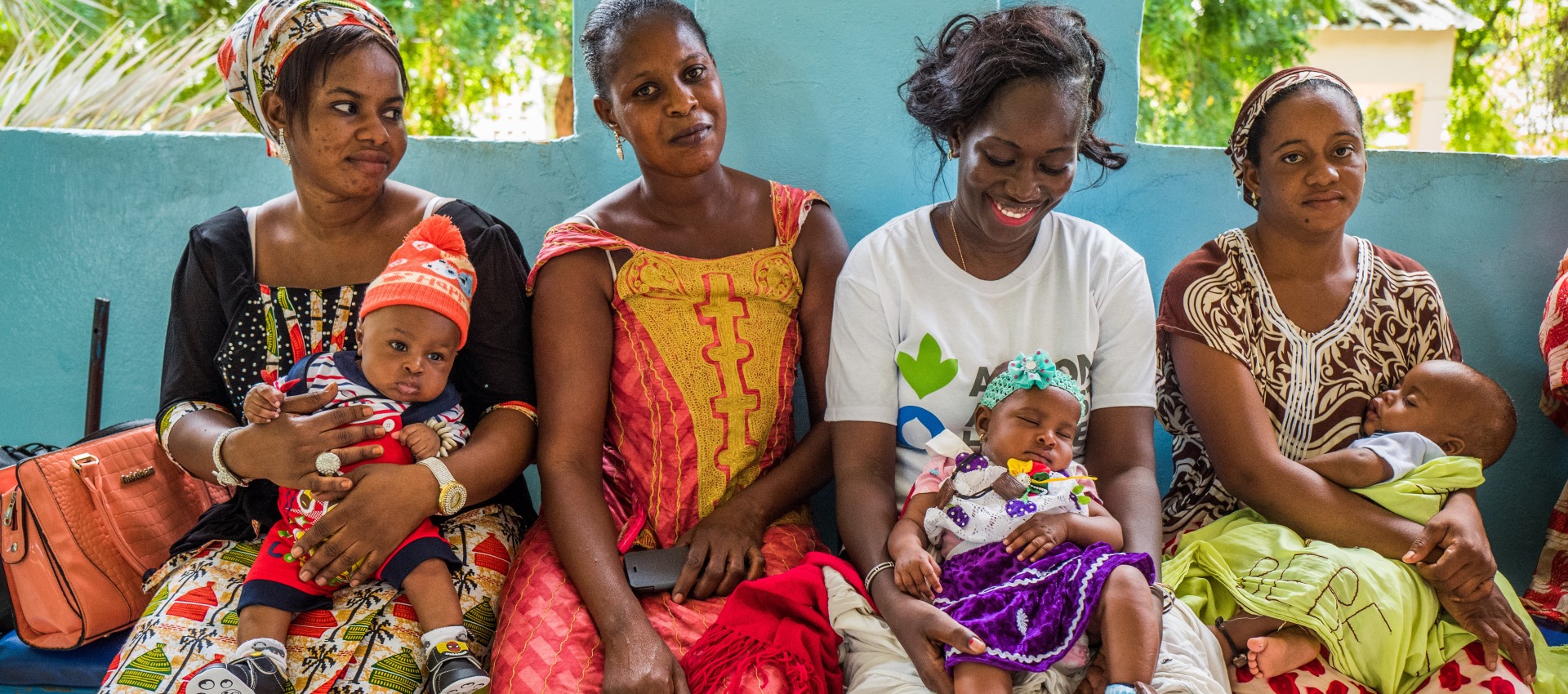
These countries need immediate life-saving help.